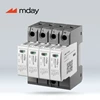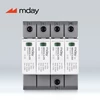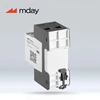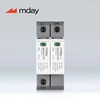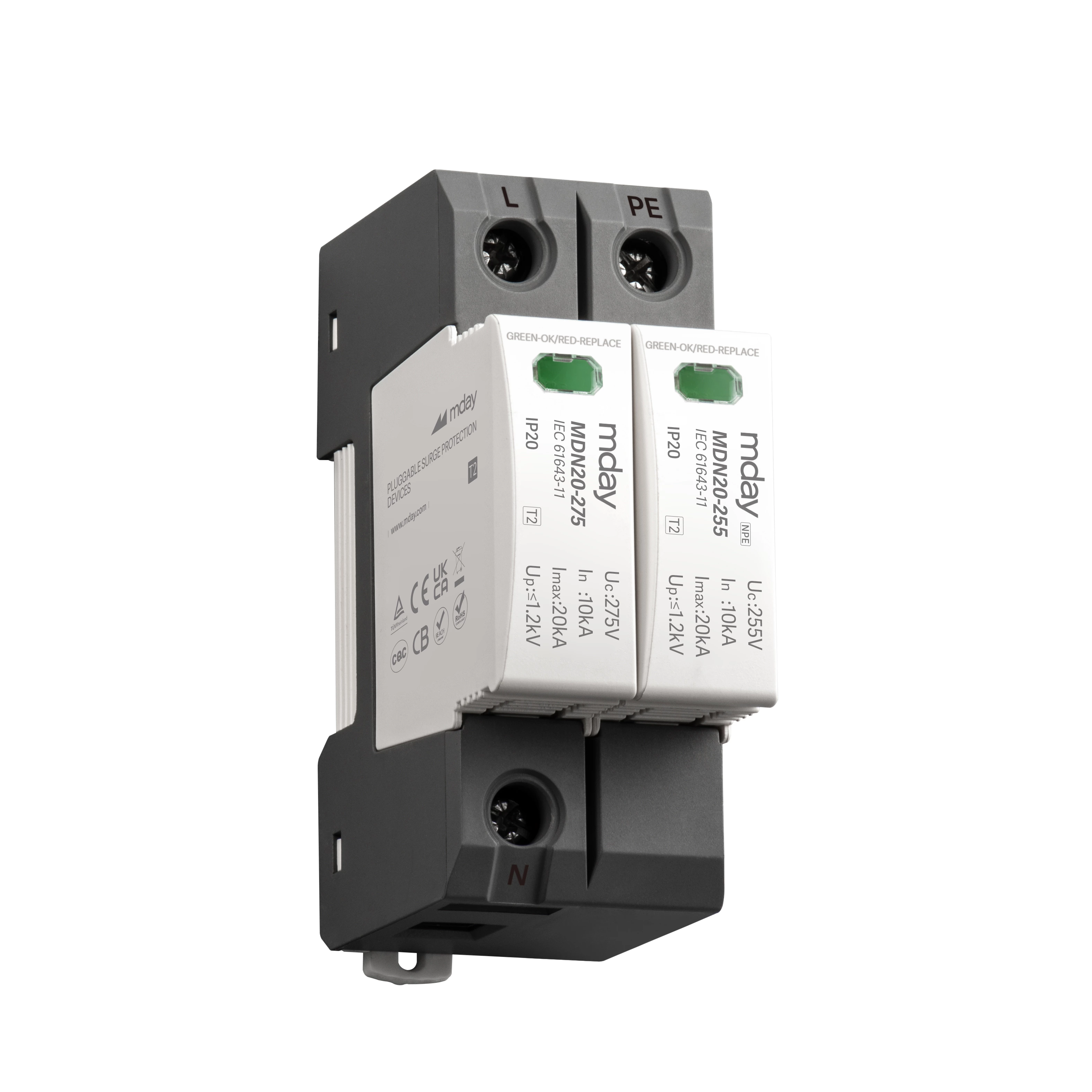Ordinary Surge Protectors Cannot Be Used On Wind Power, Otherwise They Can Easily Catch Fire.
At present, wind turbines are all working in natural environments and in open areas, so lightning problems are inevitable. Here is an introduction to what you need to know before buying a wind power surge protector?
1. Why do wind turbines need lightning protection measures?
When lightning strikes, the lightning current is transmitted to the ground through the components of the wind turbine. Since the wind turbine is located in a windy area, because its installation site is basically on an open ridge, its height is much higher than the surrounding terrain. In addition, the soil resistivity at the installation site of the wind turbine is usually relatively high, which makes the conduction performance of the lightning current relatively poor, and it is easy to be attacked by direct lightning, side lightning and induced lightning. Therefore, it is necessary to take lightning protection measures (wind power surge protective device) for wind power generation components.
2. Which parts of the wind turbine need lightning protection?
According to IEC 61400-24 "Wind Turbine Generator System-Lightning Protection": The lightning protection of the current generator is usually different from that of ordinary buildings. Because it focuses on solving problems such as blades and hubs, gearboxes, bearings, transmission devices, generators, electrical parts, and control systems of wind turbines.
3. Points to note when selecting wind power surge protection device
According to the IEC 62305 series of standards and the protection requirements of IEC 61400-24 for various special parts of wind turbines, the lightning protection zoning of wind power generation systems and the installation and selection of SPDs must be considered:
① Lightning protection zone (LPZ 0…3);
② Test current waveform that SPD complies with (8/20μs waveform and 10/350μs waveform);
③ Voltage protection level (UP value of SPD);
④ Power supply system voltage and standard (230/400V and 400/690V systems, TN and TT, etc.);
⑤ Harmonic interference, etc.


